A pulley remover, also known as a pulley puller or pulley extractor, is a specialized tool designed to safely and efficiently remove pulleys from various types of machinery or equipment. Pulleys are essential components in many mechanical systems, and they are used to transmit power and change the direction or speed of rotational motion. When it becomes necessary to replace a pulley or perform maintenance on the system, a pulley remover is used to safely extract the pulley without causing damage to the equipment. In this article, we will explore the function of a pulley remover and its importance in mechanical work.
One of the primary functions of a pulley remover is to remove press-fit pulleys. Press-fit pulleys are tightly fitted onto shafts or hubs using friction or interference fit. They do not have any keyways or set screws holding them in place. To remove such pulleys, a pulley remover is used to grip the pulley securely and apply force to pull it off the shaft or hub. The design of the pulley remover ensures that the force is evenly distributed, preventing damage to the pulley or the equipment.
Pulleys are often made of materials like metal or plastic, and they can be delicate or prone to damage if not handled properly. Using improper methods to remove a pulley, such as using a hammer or prying tool, can result in deformation or breakage of the pulley. A pulley remover is specifically designed to provide controlled and even force around the circumference of the pulley, minimizing the risk of damage during removal. The tool ensures that the force is applied evenly, reducing the chances of bending or warping the pulley.
Removing pulleys without the proper tool can be a risky task. Applying excessive force or using improvised methods can lead to accidents or injuries. A pulley remover provides a safe and controlled method of pulley removal. The tool's design includes features such as a center screw or bolt that applies the force, along with arms or jaws that grip the pulley securely. This design ensures stability and minimizes the risk of the pulley slipping or dislodging unexpectedly during removal.
Pulley removers are designed to be versatile and compatible with different types of pulleys. They can be used for V-belt pulleys, timing belt pulleys, serpentine belt pulleys, or any other type of pulley commonly found in mechanical systems. The design of the pulley remover allows for adjustable arm positions or interchangeable jaw sizes to accommodate various pulley diameters and configurations. This versatility ensures that the tool can be used for a wide range of pulley removal applications.
A pulley remover is typically straightforward to use, making the pulley removal process more efficient. The tool is designed for easy handling and operation, often featuring a user-friendly interface. The process generally involves positioning the arms or jaws of the pulley remover around the pulley, tightening the center screw or bolt to apply pressure, and gradually pulling the pulley off the shaft or hub. The design of the tool reduces the effort required and allows for smooth and controlled removal.
Using a pulley remover significantly improves the efficiency of maintenance and repair tasks. It simplifies the process of removing pulleys, saving time and effort compared to alternative methods. With a pulley remover, technicians can quickly and safely remove pulleys, perform necessary repairs or replacements, and reassemble the equipment without causing additional damage or delays.
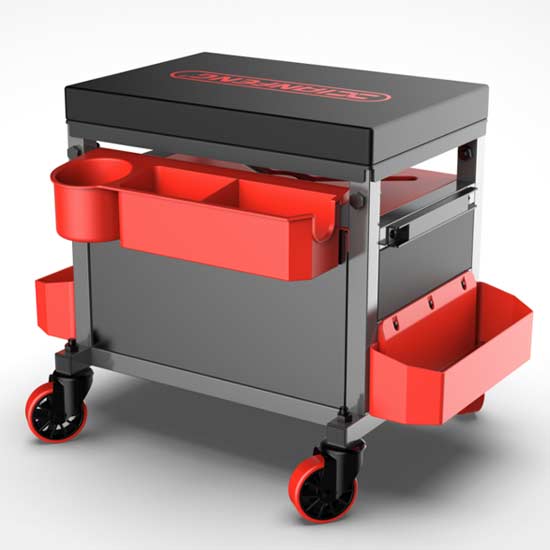 Tool seat
Tool seat
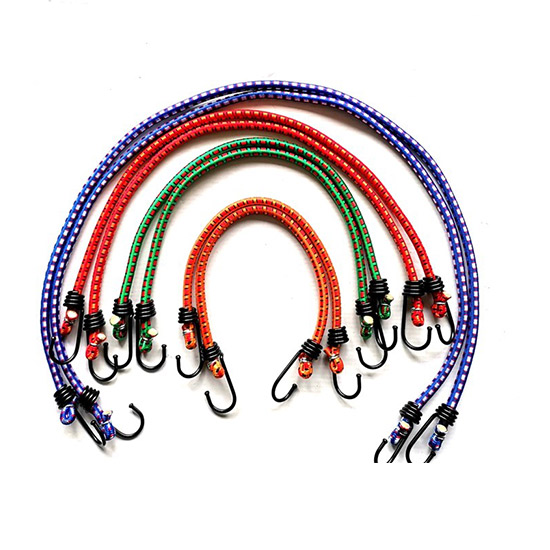 Stretch Cord
Stretch Cord
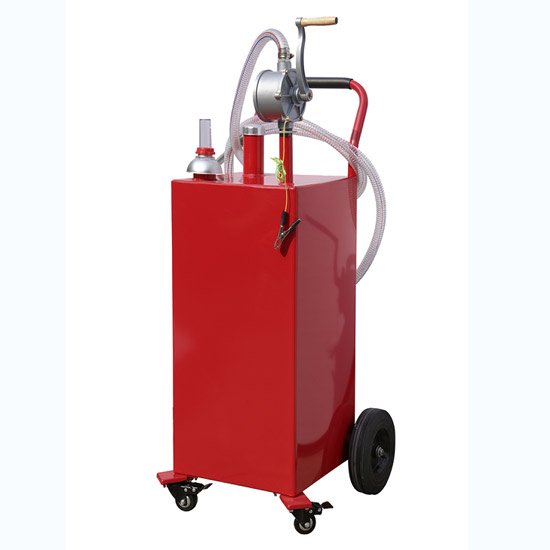 Oil Pump
Oil Pump
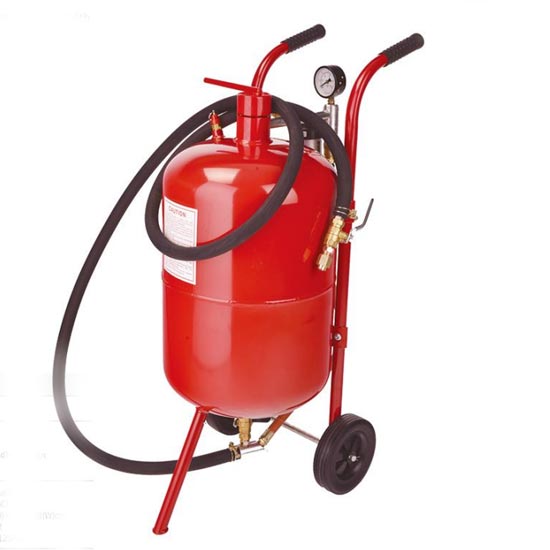 Sandblast Pot
Sandblast Pot
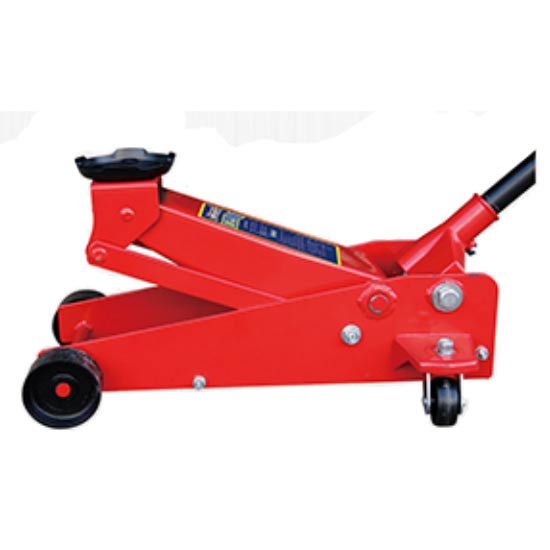 2.25 Ton Hydraulic Floor Jack
2.25 Ton Hydraulic Floor Jack
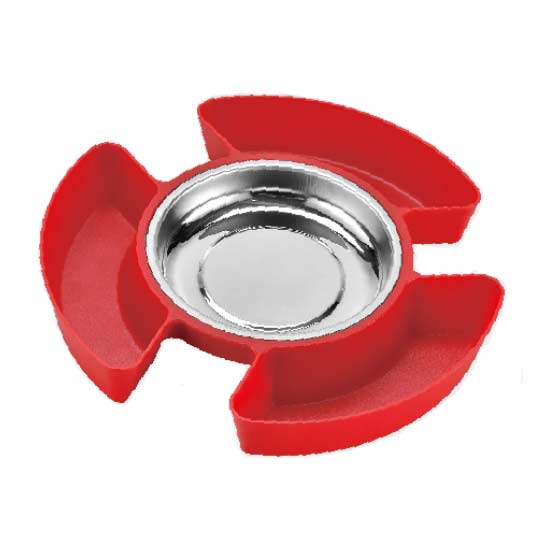 Magnetic Tray With Tool Plate
Magnetic Tray With Tool Plate
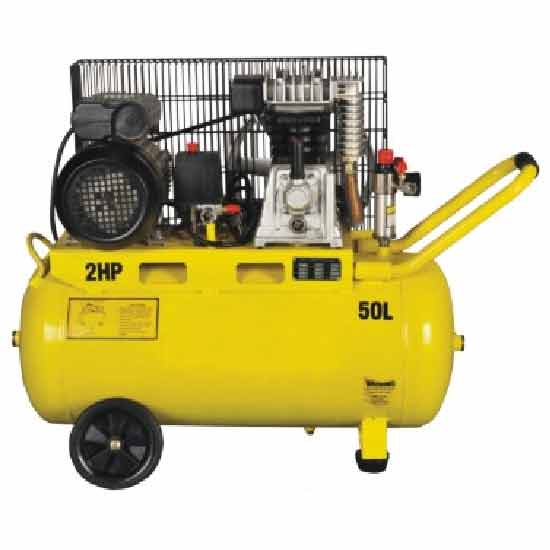 Single-stage Air-cool Movable Air Compressor
Single-stage Air-cool Movable Air Compressor
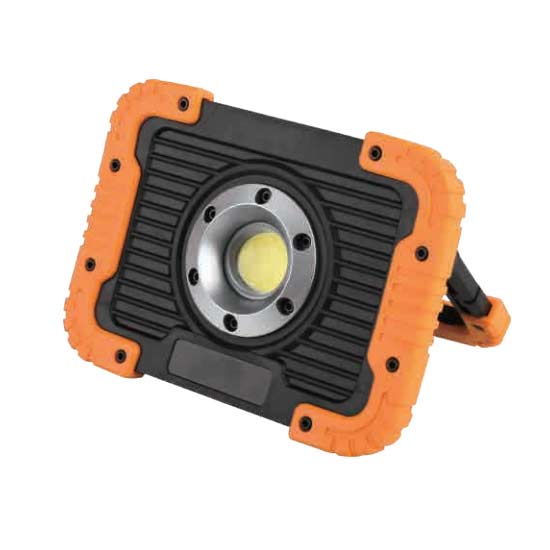 10W Rechargeable Led Flood Light
10W Rechargeable Led Flood Light
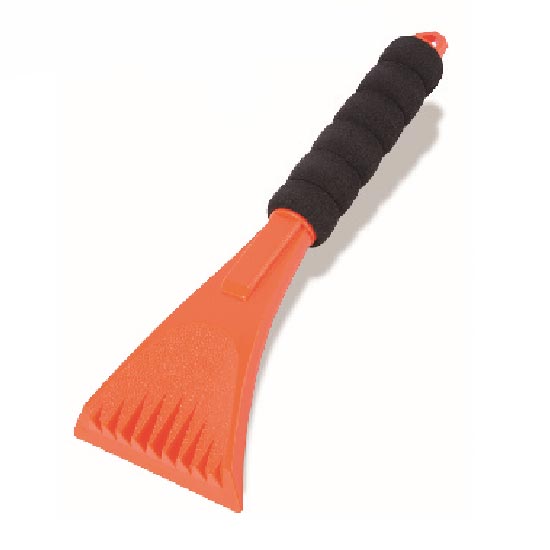 Ice Scraper
Ice Scraper
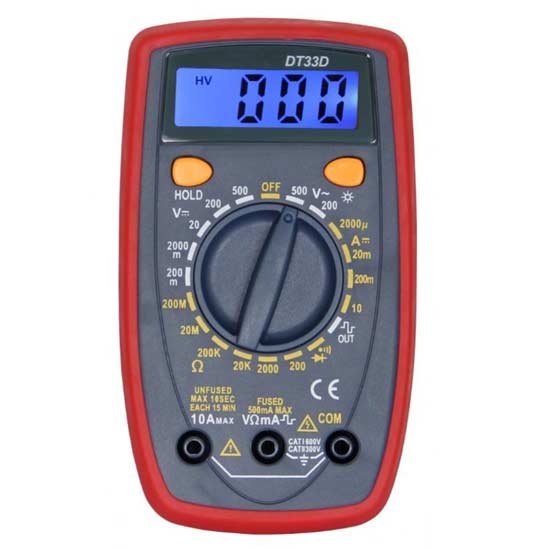 Small Multimeter with Backlight
Small Multimeter with Backlight
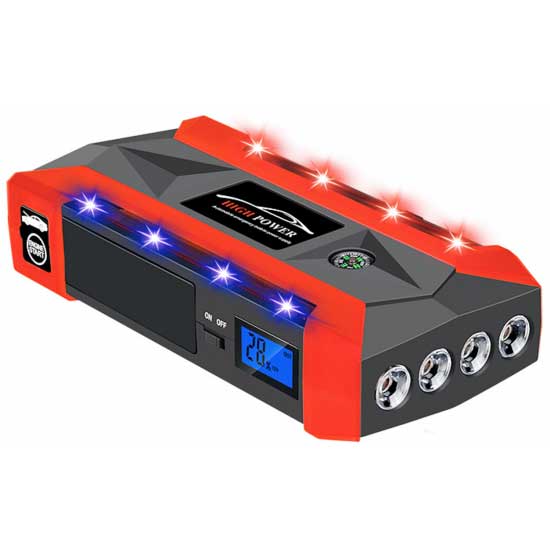 Jump Starter With 4 Led Lights
Jump Starter With 4 Led Lights
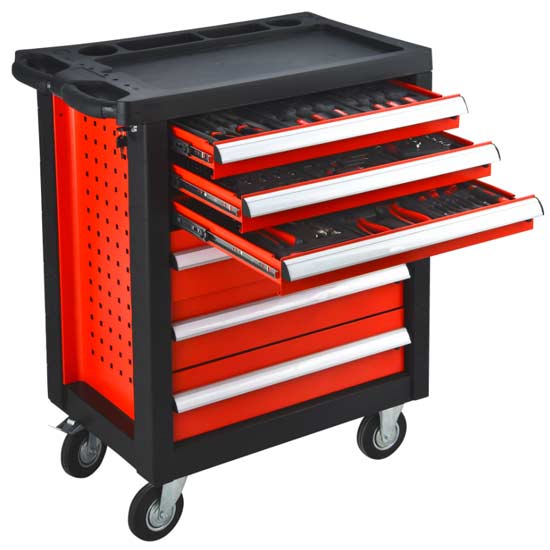 Steel Tool Cabinet
Steel Tool Cabinet
 Large Tool Cabinet
Large Tool Cabinet
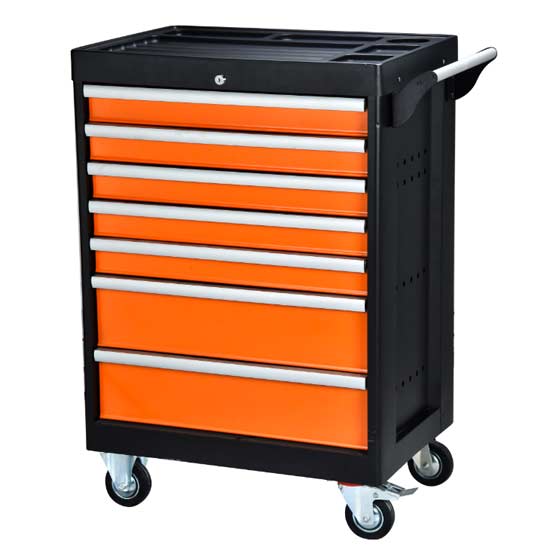 Tool Storage Cabinet
Tool Storage Cabinet
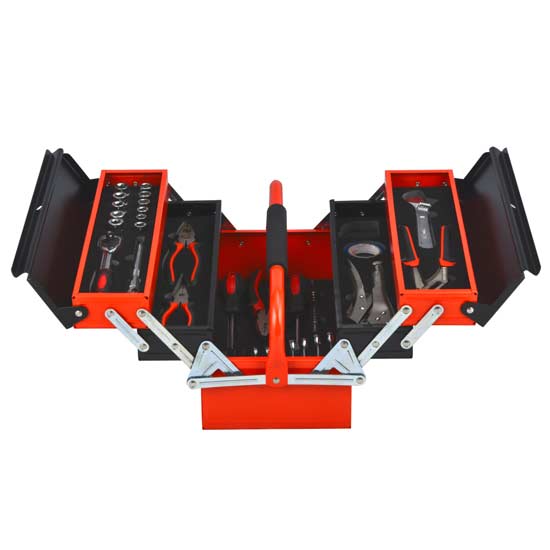 Metal Tool Box
Metal Tool Box
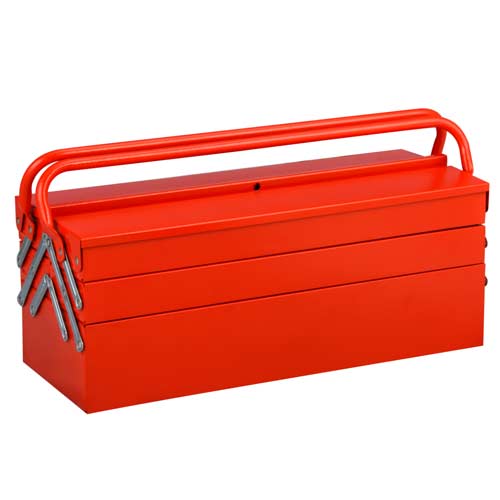 Large Metal Tool Storage Box
Large Metal Tool Storage Box
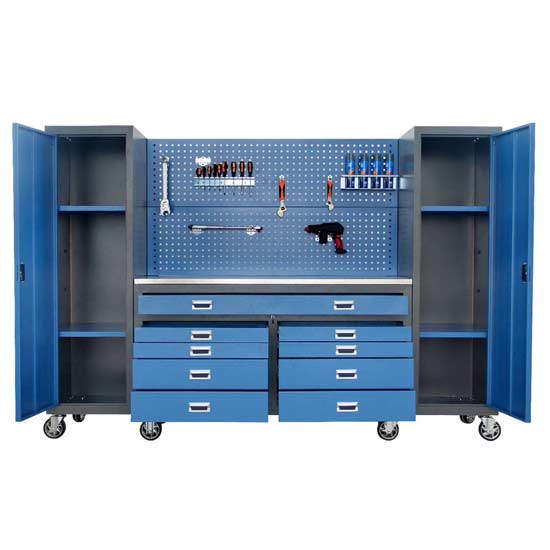 Blue Metal Tool Cabinet
Blue Metal Tool Cabinet
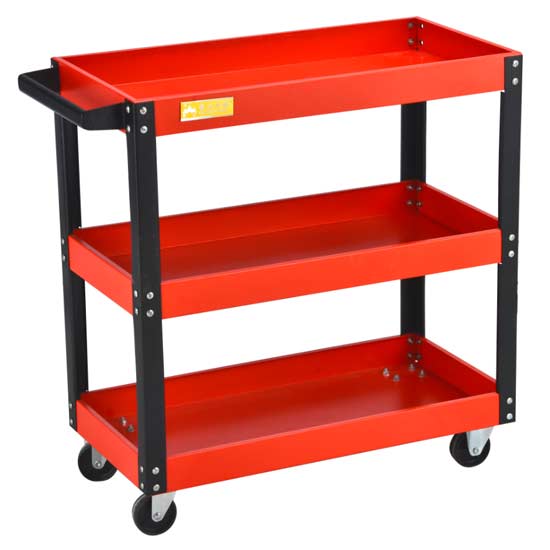 Red Steel Tool Trolley
Red Steel Tool Trolley
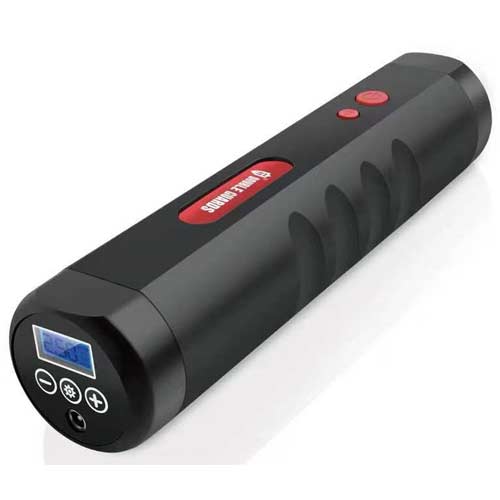 Portable Tire Inflator
Portable Tire Inflator
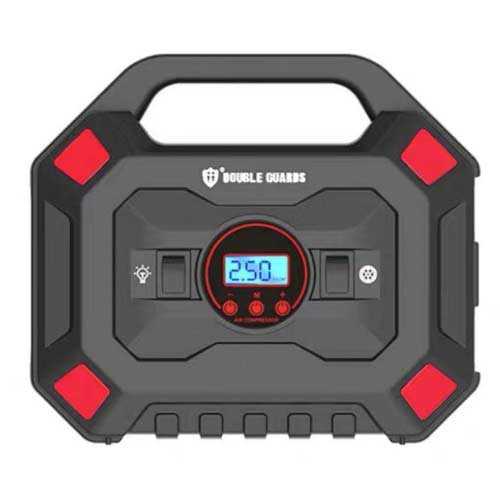 Custom Tire Inflator
Custom Tire Inflator
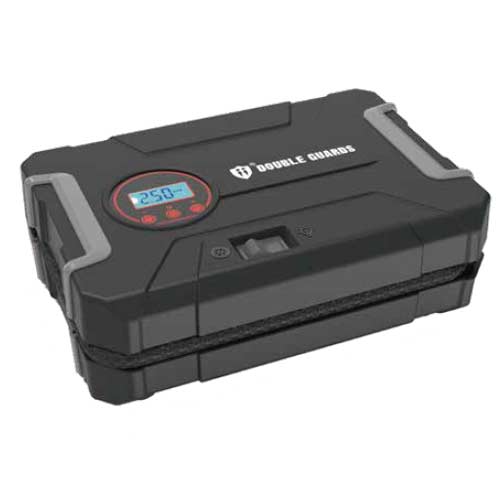 Tire Pressure Pump
Tire Pressure Pump
 Auto Emergency kit
Auto Emergency kit